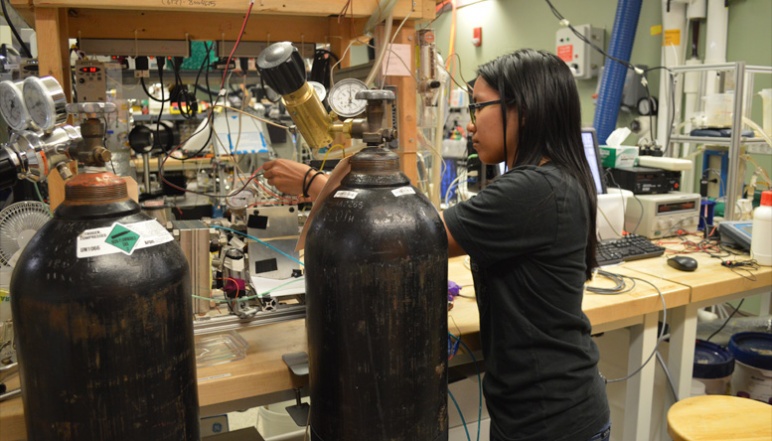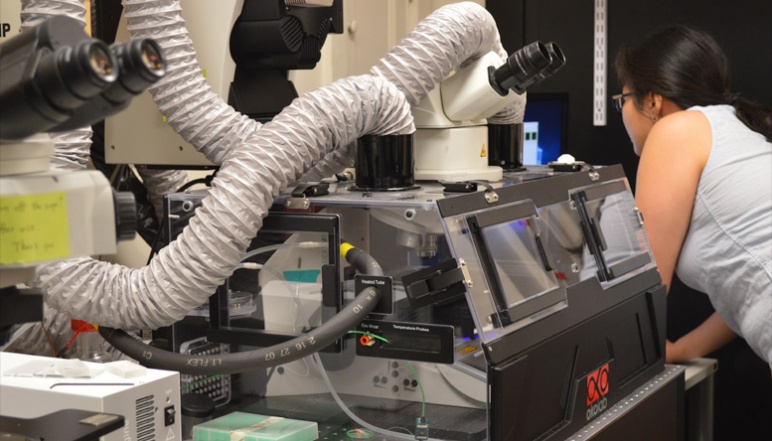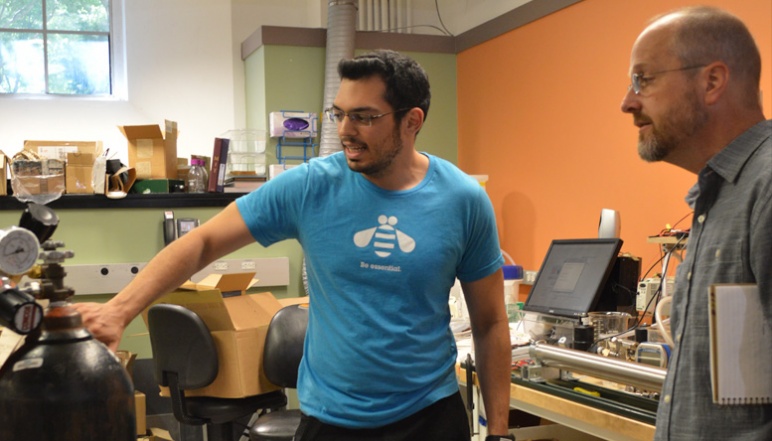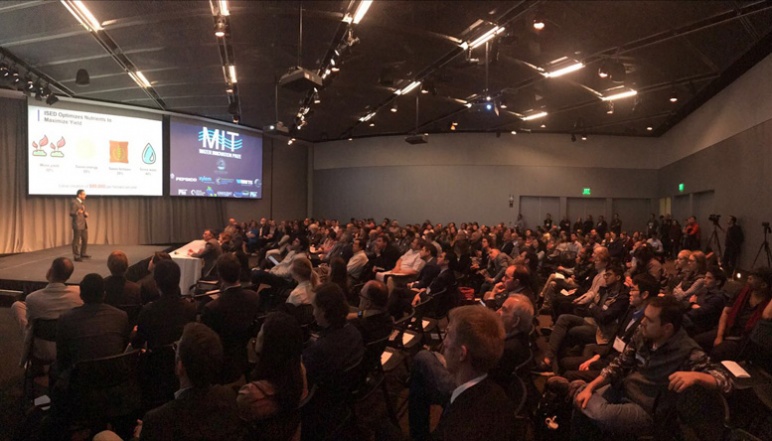Our Research Developing intelligent selective electrodialysis for 21st century agriculture

Photo Credit: Lienhard research team

Photo Credit: Lienhard research team

Photo Credit: Lienhard research team

Photo Credit: Lienhard research team

Photo Credit: Lienhard research team
Principal Investigators
Challenge:
Reverse osmosis (RO) for irrigation removes plant nutrients and results in increased fertilizer cost. How can we reduce water salinity without removing essential nutrients?
Research Strategy
- Combine electrodialysis process for irrigation needs with smart sensors and software to produce low saline, high nutrient water
- Assess needs of hydroponic growers and greenhouses and conduct feasibility analysis to meet requirements for fertilizer use, energy consumption, and water savings
Project description
Salinity is a problem in irrigation waters, affecting plant production and soil health for hydroponic and in-ground producers. To reduce salinity in irrigation waters, sophisticated farmers, such as hydroponic crop growers, currently use reverse osmosis (RO). However, RO removes all ions including divalent ions such as Ca2+ and Mg2+ that are beneficial for crops, leading to the need for fertilizer additions and expenses. Improper combination of RO and fertilization can lead to sub-optimal crop yields for many growers.
In this project, the Lienhard lab developed a technology that can improve agricultural practices and crop yield, especially for hydroponic growers. The system is called Intelligent Selective Electrodialysis (ISED) and can be used to reduce water salinity. This process also tailors the ion content of irrigation waters to meet crop nutrient requirements and increase yields. An improvement on existing reverse osmosis desalination processes, ISED selectively removes the ions that are harmful for crops and retains those that are beneficial, resulting in improved yield with less water and fertilizer use. The team used this grant to conduct end-user interviews in the US and Mexico and test their lab prototype.
Outcomes
- Interviewed greenhouse operators using desalination systems in North America to identify design specifications
- Conducted a cost comparison for reverse osmosis, closed circuit RO, electrodialysis reversal, and monovalent selective EDR technology
- Calculated savings in energy, membrane replacement, and fertilizer costs
- Determined that RO was most cost-effective technology for greenhouses greater than 10 hectares while alternatives are competitive at smaller sizes
Additional Details
Impact Areas
- Water
- Food
Research Themes
- Water Purification & Desalination
- Technology & Commercialization
- Soil Fertility & Crop Productivity
- Transforming Food Systems
Year Funded
- 2017
Grant Type
- Solutions Grant
Status
- Completed


